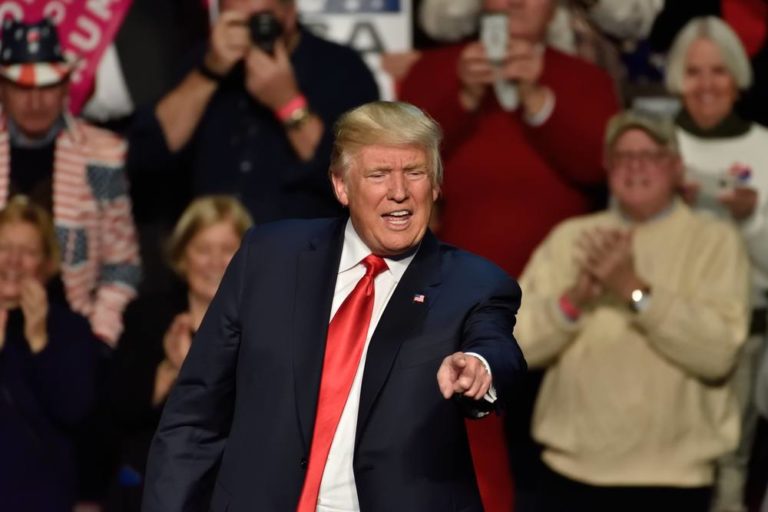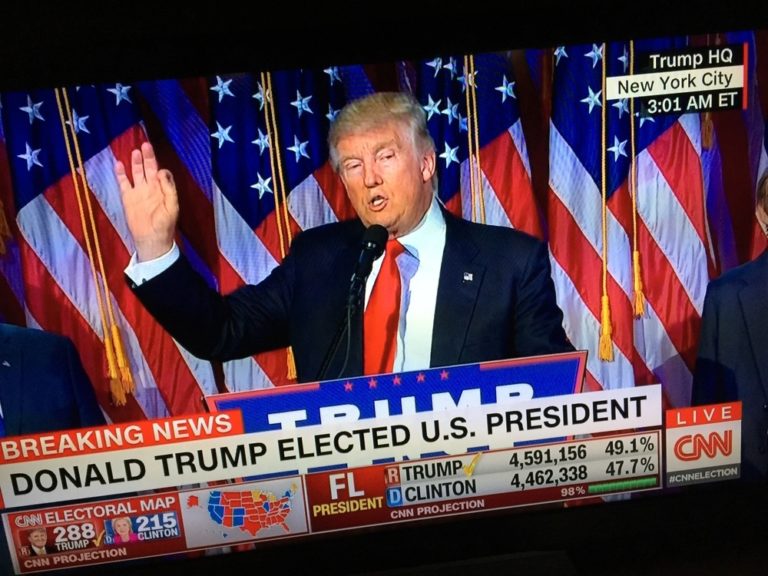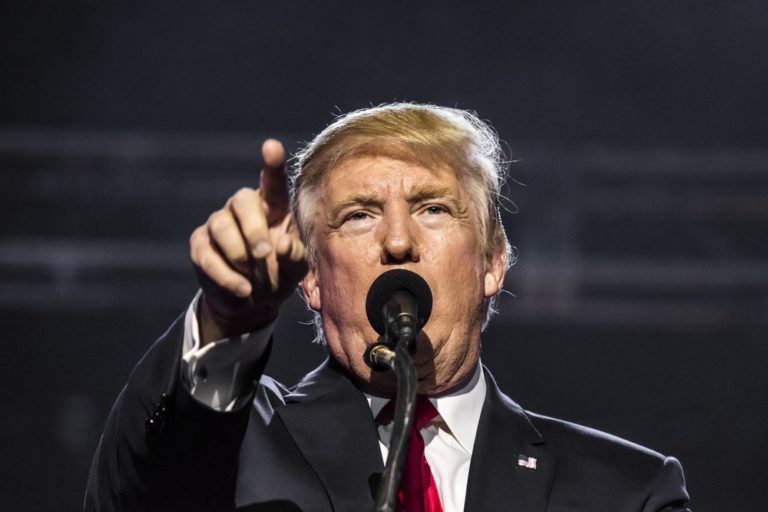Key Takeaways
- The U.S. Supreme Court has ruled that health insurance companies must continue covering essential preventive care services for free under the Affordable Care Act.
- This ruling upholds a key part of the law protecting services recommended by the U.S. Preventive Services Task Force.
- Despite the Court’s decision, health experts warn that future leaders of the Department of Health and Human Services could still significantly influence which preventive services are recommended and covered.
- Over 150 million Americans benefit from this free coverage, which includes check-ups, screenings, and shots to prevent disease.
The High Court’s Decision on Health Care
On June 26th, the highest court in the United States, the U.S. Supreme Court, made a major health decision. The justices voted 6-3 to keep an important part of the Affordable Care Act (ACA) on the books.
This part of the law requires insurance companies (insurers) to cover specific health services without charging their customers any money. These are known as preventive services. The Supreme Court said these insurers cannot stop covering them.
This particular legal challenge was the fourth big court case specifically targeting the Affordable Care Act since it was passed back in 2010. This time, the insurance company that sued, Braidwood Management, argued that the rules for choosing which preventive services must be covered weren’t quite right. They felt a powerful health panel didn’t have the proper approval.
The Supreme Court disagreed. The judges agreed that the rules were okay and decided insurance companies must keep covering those free preventive services as the law requires.
What Was the Case About?
Imagine a group of highly trained doctors and researchers. Their job is to look closely at the latest scientific studies.
This group is called the U.S. Preventive Services Task Force (USPSTF). Doctors often rely on their advice to decide what’s best for their patients.
Now, remember, the Affordable Care Act (ACA) has a specific rule. Insurance companies are required by law to fully cover many services recommended by three official government groups. One of these groups is the USPSTF.
Braidwood Management challenged this specific rule regarding the USPSTF. The insurance company argued that the people on the USPSTF weren’t appointed in the correct way. The ACA law requires the USPSTF members to be chosen by the head of the Health and Human Services (HHS) Department – currently Dr. Robert F. Kennedy Jr., known as Kennedy.
The insurance company thought there was a problem because another part of the Constitution, called the Appointments Clause, might require different approval.
But the Supreme Court justices ruled against the insurance company’s argument. They said that as long as the USPSTF members are indeed appointed by the HHS secretary, it meets the law’s requirements. The Court stated the process was correct and had been followed by previous leaders too.
What Exactly is Preventive Care?
The USPSTF plays a huge role in American health. It is a panel of scientific experts, people like doctors, researchers, and scientists. They don’t belong to any political party. Their job is purely to study health information.
They read thousands of medical studies. They look at new research on things like:
- Mammograms (breast cancer checks) and Pap tests.
- Screenings for high blood pressure, colon cancer (bowel cancer), diabetes, and weak bones (osteoporosis).
- HIV (a virus that harms the immune system) prevention.
The USPSTF decides if a particular health check-up or treatment could help people stay healthier or catch diseases earlier.
Since the ACA was signed in 2010, insurance companies have had to fully cover all services recommended by the USPSTF, the Advisory Committee on Immunization Practices (ACIP), and the Health Resources and Services Administration (HRSA). Customers don’t pay copays or deductibles for these services. This means millions of dollars are saved by catching problems early.
Over 150 million Americans – a very large group – have used these free preventive services. These services are often the best way to stay healthy and catch potential problems before they become serious illnesses requiring expensive treatment.
A Reason for Concern
This Court ruling seems to protect the free preventive care services many people depend on. However, health experts who study this area have another worry. They say the ruling doesn’t stop future leaders in the HHS from having a powerful influence on what the USPSTF actually recommends.
Think of it like this: The USPSTF gives recommendations based on science and evidence. The HHS secretary, who chooses the Task Force members, can change these members at any time for basically any reason. This power is unusual and concerning because it means the recommendations could change direction significantly if different leaders take over.
This isn’t just theoretical. Dr. Kennedy, the current HHS leader who led this case against the ACA, has already shown this power. Recently, he removed all members of the ACIP, the group responsible for deciding which vaccines are covered for free under the ACA. Kennedy fired them much faster than the usual process allows and replaced them with new members who have questioned the safety of some vaccines.
Furthermore, Dr. Kennedy has proposed cutting funding for the agency that supports the USPSTF’s important work – the Agency for Healthcare Research and Quality (AHRQ). This has already hurt the AHRQ’s ability to do its job.
The Fragility of Independent Health Advice
The USPSTF was designed to be an independent body. Experts say its recommendations should be based purely on science, not politics. The Supreme Court ruling protects the group’s existence and its ability to function under the ACA.
But health experts are warning that this system is becoming fragile. Because the people running the USPSTF can be changed by political leaders, the science-based advice that guides so much preventive care could shift. Future leaders could potentially push the Task Force to recommend different types of care or ignore important health evidence, even if that evidence contradicts scientific facts.
This raises a bigger worry. Politics in health could mean that proven, helpful services aren’t covered anymore. Or worse, harmful services might be recommended because they fit a certain political viewpoint, even if they are not backed by solid science.
As one expert put it, this ruling keeps one part of the ACA safe, but the government’s health guidelines are now even more closely tied to the actions of the current HHS leader. What happens next could change significantly with each new leader or with each political election.
The Supreme Court saved the letter of the law, but the spirit and the science behind the preventive care rules might remain vulnerable.










